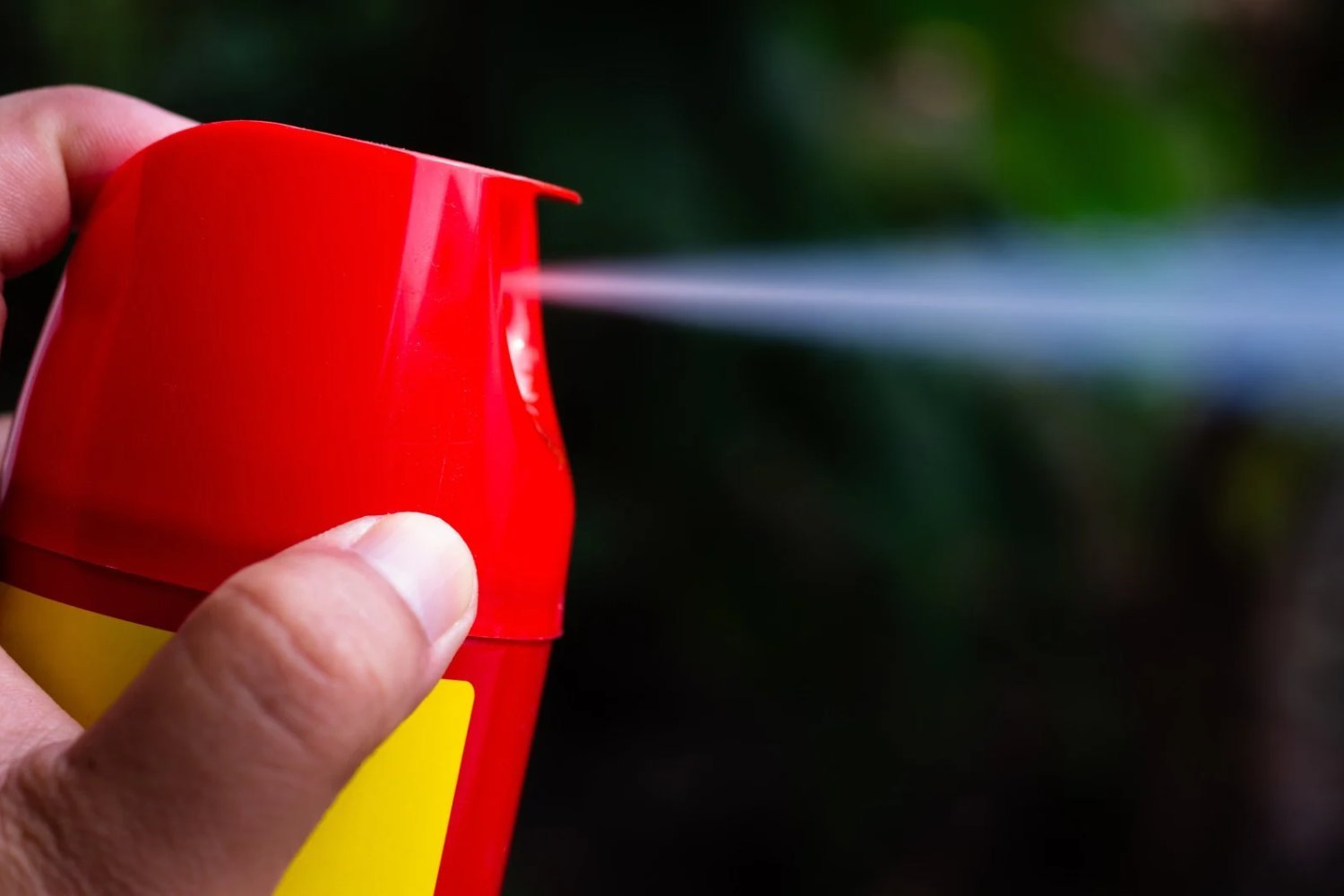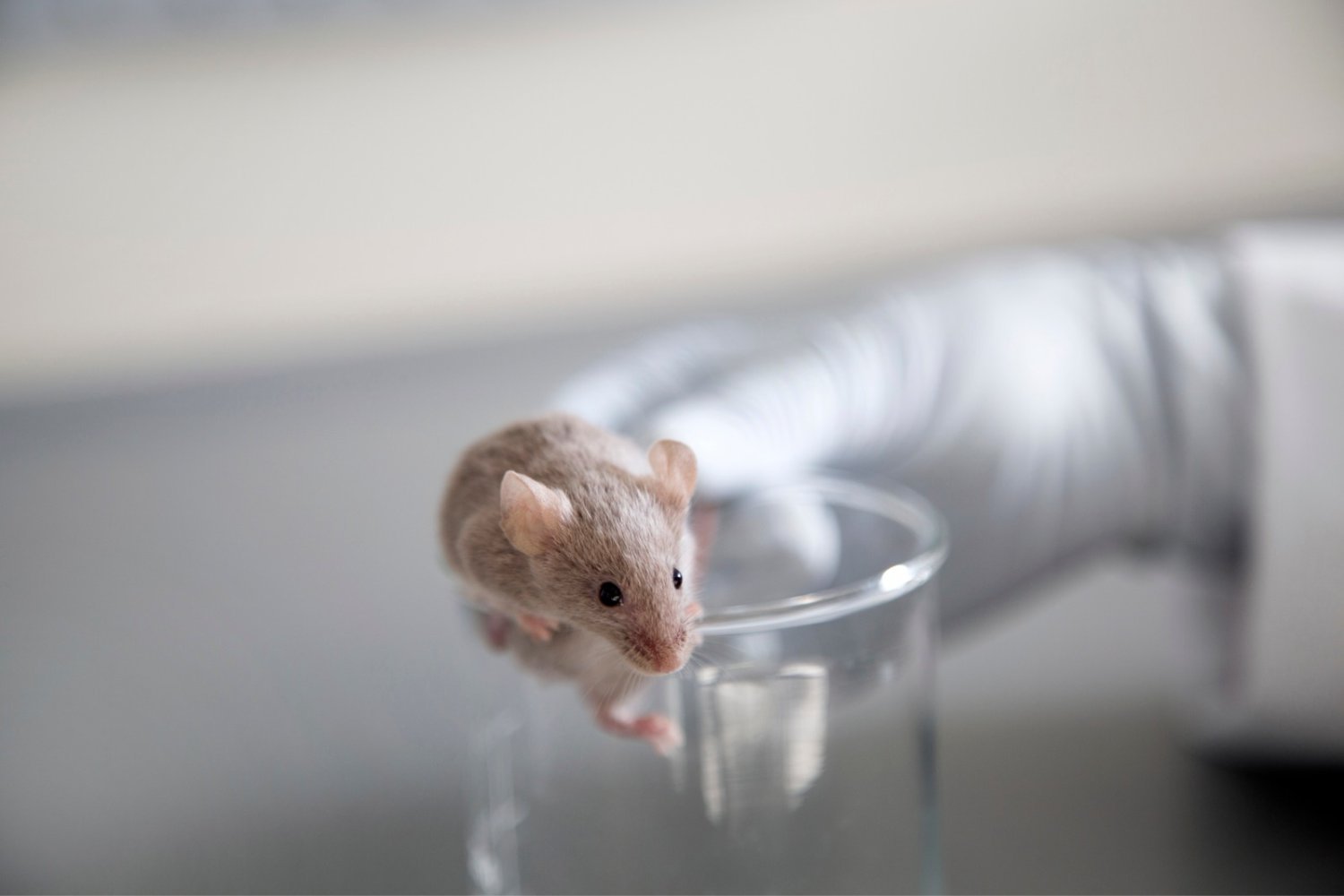Cockroaches, those unwelcome houseguests, are becoming increasingly resistant to common extermination methods. Recent research reveals that store-bought roach sprays are largely ineffective against German cockroaches, the most prevalent household pest, due to widespread resistance to commonly used pesticides. While there are thousands of cockroach species, only a small number infest human dwellings, posing health risks like asthma and spreading disease. This growing resistance presents a significant challenge to pest control.
The Growing Problem of Pesticide Resistance
German cockroaches (Blattella germanica) have developed a remarkable ability to survive our extermination attempts. While their reputation for invincibility may be exaggerated, their resilience is undeniable. Studies have already established widespread resistance to pyrethroids, the primary pesticide in consumer products. However, real-world effectiveness of these products has been understudied. Recent research aims to address this gap.
Testing the Effectiveness of Common Roach Sprays
University of Kentucky researchers, led by Johnalyn Gordon, tested four popular pyrethroid-based sprays: two aerosols (Raid and Hot Shot) and two liquids (Ortho and Spectracide). They compared their effectiveness against four cockroach groups: a control group isolated before pesticide exposure, and three groups from recent infestations in North Carolina and Kentucky. The tests simulated direct spraying, limited exposure to sprayed surfaces (tile, drywall), and continuous exposure.
Disappointing Results in Real-World Scenarios
As anticipated, the control group readily succumbed to the sprays. Continuous exposure also proved fatal to all groups, albeit slowly (8-24 hours). However, the real-world roach populations demonstrated significant resistance. Direct spraying had reduced effectiveness, while limited exposure resulted in an average mortality rate of only 20% or less. This limited exposure mimics how sprays are typically used, highlighting their ineffectiveness against resistant populations.
Rethinking Roach Control Strategies
These findings, published in the Journal of Economic Entomology, emphasize the limitations of spray products. While directly spraying visible roaches might offer some success, it fails to address the hidden populations. Moreover, previous research indicates that roaches avoid lingering on sprayed surfaces, further reducing the effectiveness of residual pesticides. The potential health risks of these chemicals to humans and pets add another layer of concern.
Alternatives to Ineffective Sprays
The researchers recommend alternative approaches for effective roach control. Integrated pest management, employed by professional exterminators, utilizes a combination of methods and offers superior results, though it can be costly. More affordable options include roach gels and baits, which can target hidden populations more effectively and with greater safety. Rotating these products can prevent the development of resistance.
The Future of Roach Control Research
The research team advocates for accessible and effective roach control for all. They highlight the need for consumer products to deliver on their promises. Ongoing research will investigate the real-world performance of roach baits and further explore the dynamics of resistance. This ongoing effort seeks to improve pest control strategies and provide more effective solutions for homeowners battling persistent cockroach infestations. The ultimate goal is to ensure that everyone can live in a cockroach-free environment.











